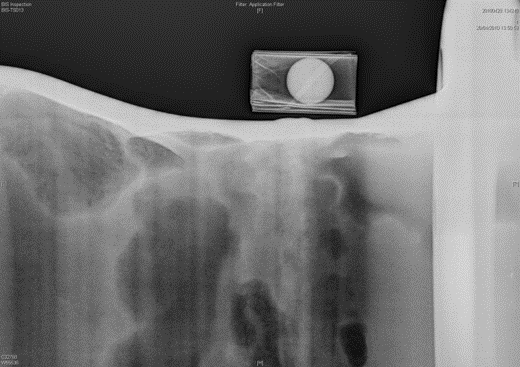Specialist NDT validation
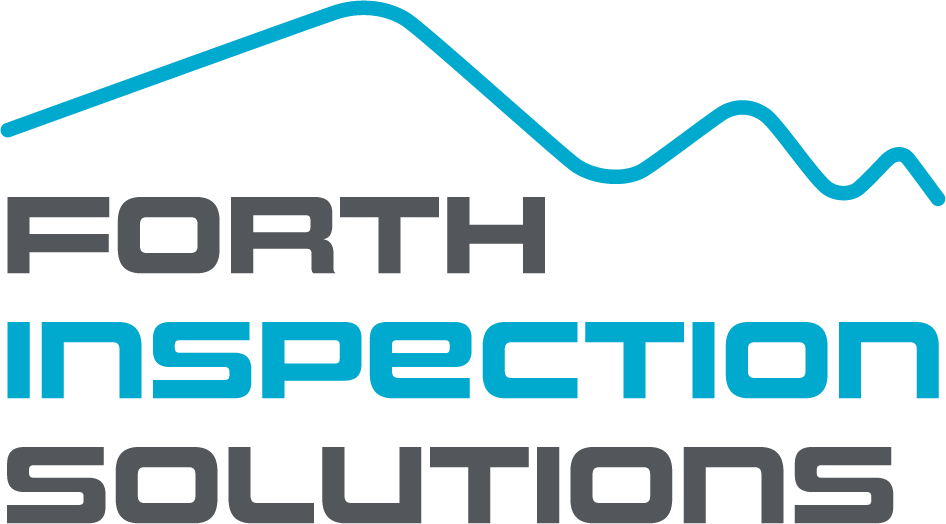
NDT level 3 consultancy offered in the following Specialist NDT methods:

NDT level 3 consultancy offered in the following Specialist NDT methods:
TOFD Inspection employs two longitudinal wave (L-wave) angle beam transducers arranged symmetrically opposite facing each other, straddling the weld or base material under test. One probe acts like a transmitter of ultrasonic energy while the other probe receives the ultrasound energy. The transducer, pulser, and amplifier characteristics are selected to generate as broad distribution of energy as possible over the material under test providing full weld coverage. A single-axis (that is, along the weld), with a position encoder records the position of the weld and enables the display of digital images in real time.
TOFD validation, procedure development & approval
Forth Inspection Service provides an independent assessment and verification of the TOFD inspection technique. If a current NDT inspection procedure is to be "validated," we review the current NDT technique. This validation procedure can recognise all aspects of the NDT process, reporting and approval techniques and then re-reviewing the new procedure. Within this study, the requirements of the client will also be taken on board, creating a new and improved NDT inspection procedure.
A validation process that includes practical trials will usually require the design and manufacture of specific test pieces for open trials (relating to procedures) and/or blind trials (relating to personnel). Following the completion of these trials, the inspection results are evaluated against the as-made data for the test pieces/flaws (calibration samples) and the pass/fail criteria where applicable.
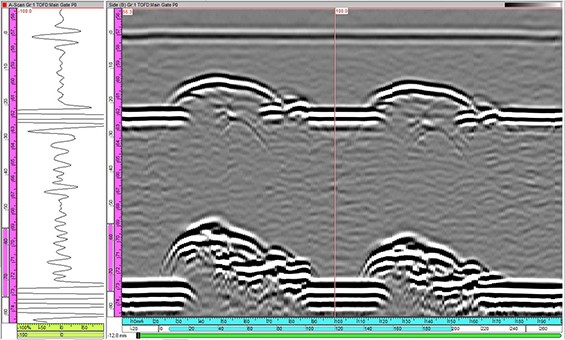
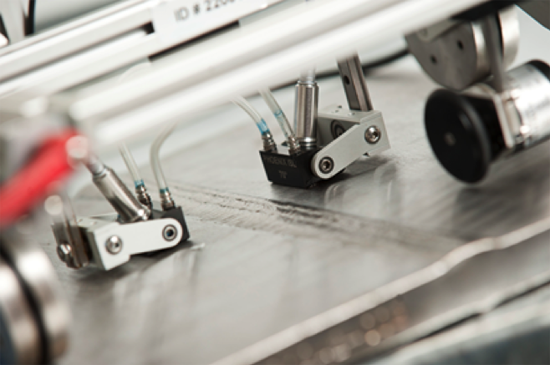
Phased array probes consist of multiple small piezo-electric elements, usually arranged in a line to form a linear array. Other less common designs of phased arrays include area arrays, and circular probes in which the elements form concentric annuli. Phased array technology generates an ultrasonic beam with the capability of setting beam parameters such as angle, focal distance, and focal point size through software. Furthermore, this beam can be multiplexed over a large array.
These capabilities open a series of new possibilities. For instance, it is possible to quickly vary the angle of the beam to scan a part without moving the probe itself. Phased arrays also allow the replacement of multiple probes and even mechanical components. Inspecting a part with a variable-angle beam also maximizes detection regardless of the defect orientation, while optimising signal-to-noise ratio.
Phased Array validation & procedure development
Forth Inspection Service provides an independent assessment and verification of the Phased Array inspection technique. If a current NDT inspection procedure is to be "validated," we review the current NDT technique. This validation procedure can recognise all aspects of the NDT process, reporting and approval techniques and then re-reviewing the new procedure.
Within this study, the requirements of the client will also be taken on board, creating a new and improved NDT inspection procedure. A validation process that includes practical trials will usually require the design and manufacture of specific test pieces for open trials (relating to procedures) and/or blind trials (relating to personnel). Following the completion of these trials, the inspection results are evaluated against the as-made data for the test pieces/flaws (calibration samples) and the pass/fail criteria where applicable.
On completion of the Phased Array validation, deliverables include the supply of the validated test sample (c/w third party test report), a validation report detailing process undertaken & results, and a Phased Array procedure reflecting the optimum test parameters. On-site training can also be provided on the application of the new procedure at the request of the client.
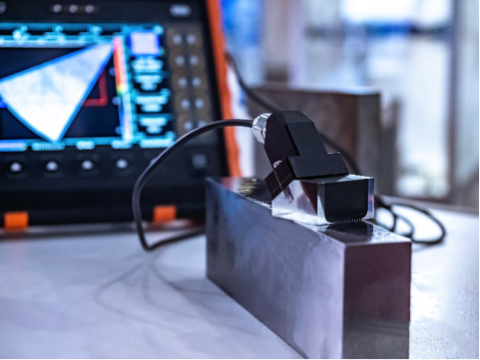
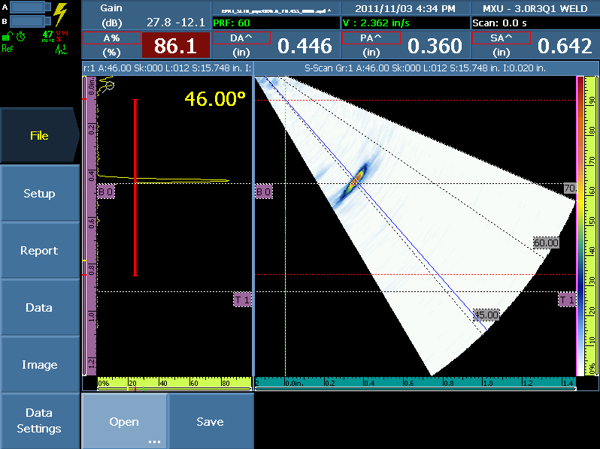
Front end technology and equipment is the same as used for conventional radiography, the difference is in recording the image and the use of phosphor plates. When exposed to X or gamma ray electrons phosphor crystals are excited and trapped in a semi-stable higher energy state.
The radiation exposed flexible phosphor plate is the processed through a laser scanner, delivering the image onto a high resolution monitor. The digital image can be enhanced and analysed whilst the phosphor screen is automatically erased for immediate reuse. The image can then be interpreted, reported and digitally stored for future retrieval or analysis.
Digital Radiography validation & procedure development
Forth Inspection Service provides an independent assessment and verification of the Digital Radiography inspection technique. If a current NDT inspection procedure is to be "validated," we review the current NDT technique. This validation procedure can recognise all aspects of the NDT process, reporting and approval techniques and then re-reviewing the new procedure.
Within this study, the requirements of the client will also be taken on board, creating a new and improved NDT inspection procedure. A validation process that includes practical trials will usually require the design and manufacture of specific test pieces for open trials (relating to procedures) and/or blind trials (relating to personnel). Following the completion of these trials, the inspection results are evaluated against the as-made data for the test pieces/flaws (calibration samples) and the pass/fail criteria where applicable.
